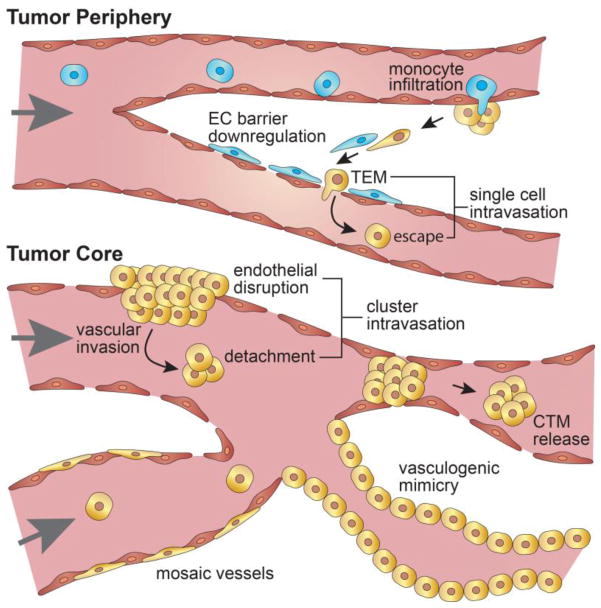Figure 2. Tumor vessel heterogeneity influences intravasation.
Vascular integrity and functionality varies from the tumor core to its periphery. An intact endothelium, often observed at the tumor periphery, necessitates the disruption of endothelial cell-cell junctions prior to intravasation possibly through activation by tumor associated macrophages (TAMs) and/or transendothelial migration (TEM) of tumor cells. Partially lined (i.e. mosaic vessels) or disrupted vasculature directly exposes tumor cells to shear forces and facilitates vascular invasion and the release of tumor microemboli that may enter systemic circulation or occlude the primary tumor vasculature depending on cluster size and vessel diameter. Functional tumor vasculature that lacks an endothelium but is lined by endothelial-like tumor cells, known as vasculogenic mimicry, may also contribute to tumor progression by further enabling nutrient transport and conduits for intravasation.

